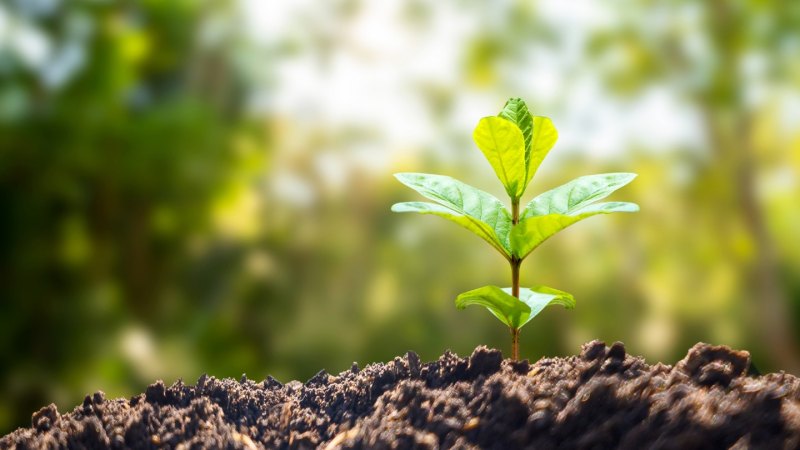
Extreme Climate Survey
Scientific news is collecting questions from readers about how to navigate our planet’s changing climate.
What do you want to know about extreme heat and how it can lead to extreme weather events?
In July 1945, the United States detonated the first plutonium bomb. That Trinity test launched decades of nuclear weapons testing, especially in the 1950s and early 1960s. Each explosion sent a large amount of radioactive carbon-14, a variant of carbon, into the Earth’s atmosphere. The bomb’s radiocarbon then joined the Earth’s carbon cycle, winding its way through Earth’s oceans and biosphere (SN: 14.4.20).
This fact became a scientific silver lining to the bomb tests: the bursts of radiocarbon circulating through the Earth system, scientists realized, were much like the pulses of radioactive medical tracers traveling through the human body. They provided a unique opportunity for scientists to track carbon, analyzing where and for how long it was stored and released across the globe.
This intelligence is now crucial. As the climate warms due to the accumulation of carbon dioxide and other greenhouse gases in the atmosphere, there is an acute need to understand how long Earth’s biosphere—including its plants and soil—can sequester some of that carbon. says Heather Graven. an atmospheric scientist at Imperial College London (SN: 3/10/22).
Current computer climate models estimate that vegetation and soil account for about 30 percent of human-caused carbon dioxide emissions. Graven and her colleagues were curious about it. “We were interested in looking at the biosphere models and how well they represented the radiocarbon from the bomb tests,” she says.
In the new study, Graven and her colleagues focused on a short period of time, from 1963 to 1967, during which there were no bomb tests. This meant that there were no new pulses to mess with the data – only radiocarbon pulses already moving through the system. The team also focused only on the carbon-storage part of plant growth.
The team began by reassessing how much carbon-14 was estimated to have entered the upper atmosphere from the bomb tests and how much moved into the lower atmosphere and oceans during that time. To do this, the researchers updated previous estimates with carbon-14 data collected from aircraft, stratospheric balloons and ocean buoys. From there, they calculated how much carbon-14 must have entered the biosphere. The team then compared satellite-based observations of carbon storage in living vegetation with computer simulations of where carbon accumulated in plants.
The results were surprising, says Graven. Most current computer simulations of vegetation and climate underestimate the rate of plant growth, they found. Current models suggest that plants are sequestering between 43 trillion and 76 trillion kilograms of carbon each year; the new study raises that to at least 80 trillion—perhaps twice as many.
This sounds like good news when it comes to hopes of storing excess carbon from human activities in the biosphere (SN: 7/9/21). But, the team found, there is a downside. Radiocarbon tracing of the bomb also revealed that more carbon is being stored in short-lived biomass such as leaves and thin, fine roots than previously thought. These tissues are much more sensitive to degradation that releases carbon into the atmosphere than longer-lived tissues such as stems and larger roots.
“The carbon goes [into plants] now it’s not going to be there as long as we thought,” Graven says. And that, she says, reiterates how important it is to limit fossil fuel emissions. “There’s a limit to how much we can store in vegetation.”
It’s not yet clear what these findings mean for future climate projections and how to best incorporate the role of vegetation into these models, says Lisa Welp, a biogeochemist at Purdue University in West Lafayette, Indiana, who was not involved. included in the study. . But, she says, they undermine confidence in how well climate models will be able to simulate that role.
#Plants #store #carbon #long #thought
Image Source : www.sciencenews.org



